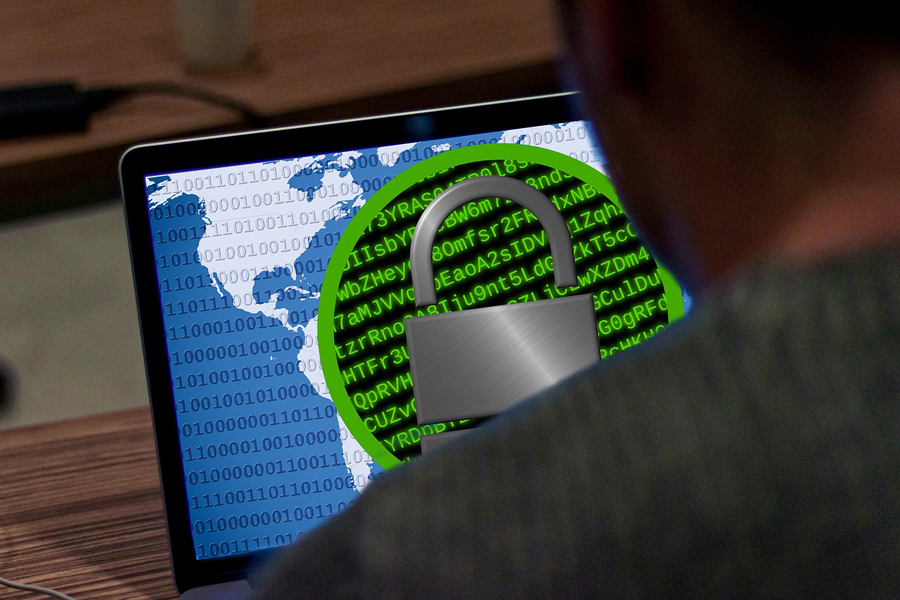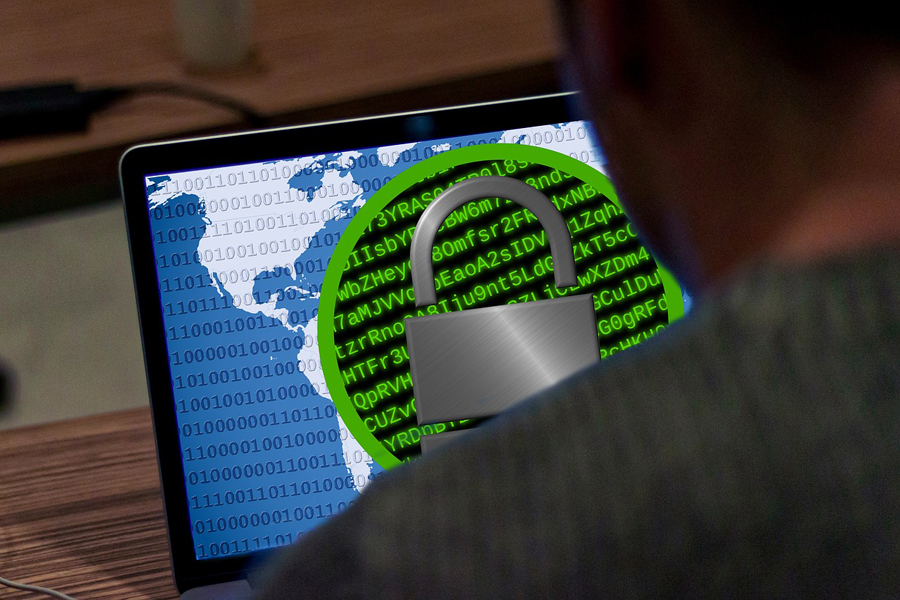What can happen if you try to fix a ransomware issue yourself?
A nightmare for users all over the world is to turn on the device and see the lock screen, which explains that now you need to pay for an access key to your own computer. Ransomware is very common and poses a serious threat to devices and the data they store. And it’s best not to fight such software yourself.
Some ransomware is fairly simple, but most of it is sophisticated, and trying to bypass it could lead to permanent loss of data, device – or worse, more powerful attacks in the future.
Ransomware blocks user data, makes it inaccessible, and requires payment for a secure return. How does this happen?
- Hide files . Some programs just make all your folders and files hidden. The user can manually search for them and change the corresponding attribute, but this is a laborious process and the malware installed on the device will not go anywhere.
- File encryption . Encryption is the process of converting readable data into unreadable code. Essentially, it is impossible to access encrypted data without a suitable key. Thus, when the ransomware encrypts data, there is little that the user can do to recover their files without professional help.
- Deleting files . Some ransomware claims to have hidden or encrypted user data, when in reality they simply deleted all the information they found on the device. If this happens, nothing but a System Restore will restore your files.

Unfortunately
some ransomware comes with tools to detect when a user is trying to restore their files themselves. When this happens, the program can delete files, erase the operating system, or even physically damage the device.
Another option to uninstall ransomware, which sometimes seems very simple, is to pay the ransom, but that’s not a good idea either. First, there is no guarantee that the ransom will help get you back access and data. Most often, such programs are simply not able to “fix” everything. Even worse, some viruses may appear to be gone after the ransom is paid, but will reappear after a few weeks or months.
You can also go to the “next level” after payment, where you will be asked to pay the same or more money for “final access”, which, of course, you will never get.
Finally, the ransom payment is the financing of the activities of cybercriminals. Each ransom paid is a direct confirmation that this method is worth the time and effort. And money is often used to create increasingly sophisticated ransomware.
So the best and only correct solution is to resort to professional services to remove the program. Tools developed by cybersecurity experts can identify the type of malware on your device and eliminate it, recovering as much data as possible.
And finally, the best way to protect yourself from such an attack is to avoid getting such programs into your computer. Using antivirus tools, regularly backing up your data, and adhering to other cyber hygiene guidelines are the best ways to fight ransomware without risking your data.
